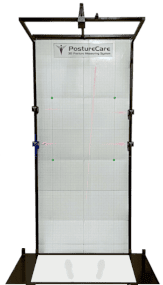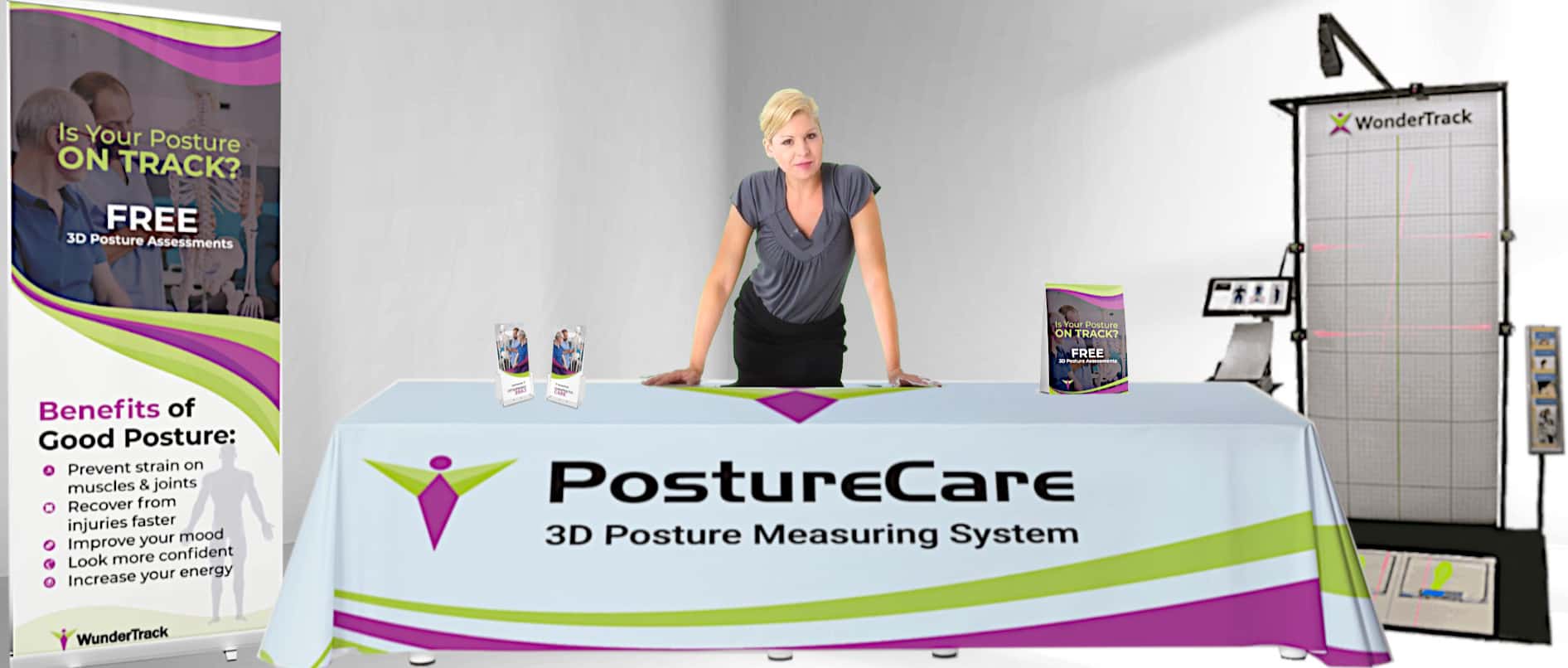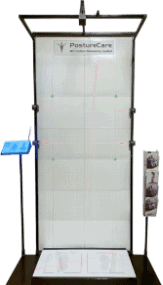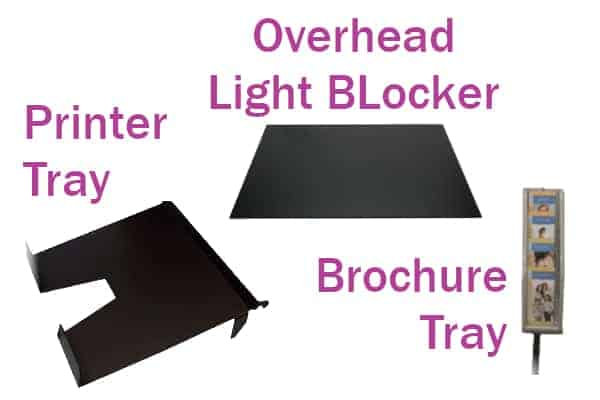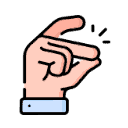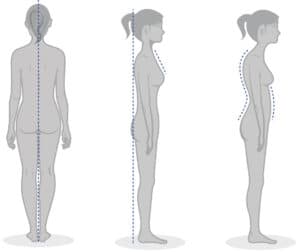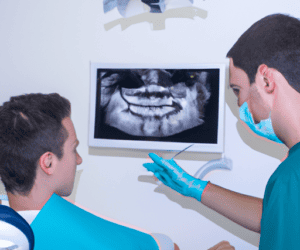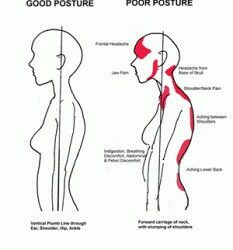How to Assess Posture: A Comprehensive Guide
Introduction
Maintaining proper posture is essential for overall health and well-being. Poor posture can lead to musculoskeletal issues, such as back pain, neck pain, and reduced mobility. Assessing posture is the first step in identifying postural imbalances or deviations. In this comprehensive guide, we will explore effective methods for assessing posture, including visual observation, physical examination, and the use of technological tools. By understanding how to assess posture correctly, individuals can take proactive measures to improve their posture and prevent potential long-term complications.
Visual Observation
Visual observation is the simplest and most accessible method for assessing posture. It involves observing the body’s alignment, balance, and symmetry. Here are key steps for conducting a visual observation assessment:
Static Assessment: Have the individual stand naturally with their feet shoulder-width apart and their arms relaxed. Observe for any noticeable deviations from the ideal posture, such as rounded shoulders, forward head position, or an excessively arched or flattened lower back.
Alignment Check: Examine the alignment of key points, such as the ears, shoulders, hips, knees, and ankles. These points should be vertically aligned when viewed from the front or the side. Look for any asymmetries or deviations from the expected alignment.
Postural Deviations: Observe the body from different angles to gain a comprehensive understanding of the individual’s posture. Check for any postural deviations, such as scoliosis (sideways curvature of the spine) or excessive lordosis (exaggerated inward curvature of the lower back).
Documentation: Taking photographs or videos can be helpful for later analysis and comparison. Documenting the initial posture allows for monitoring progress and assessing changes over time.
Physical Examination
A thorough physical examination provides valuable insights into an individual’s posture. It involves a systematic evaluation of the musculoskeletal system, focusing on muscle strength, flexibility, and joint range of motion. Here are key components of a postural physical examination:
Spinal Alignment: Palpate the vertebrae along the neck, upper back, and lower back to assess the curvature of the spine. Look for abnormal curves, such as scoliosis or excessive lordosis.
Muscle Imbalances: Evaluate muscle length and strength imbalances that contribute to poor posture. Test the flexibility of major muscle groups, such as the hamstrings, hip flexors, and chest muscles. Assess muscle strength, especially in the core, back, and neck muscles.
Joint Mobility: Check the range of motion in major joints, including the shoulders, hips, and spine. Limited joint mobility can affect posture and lead to compensatory movements.
Balance and Gait Assessment: Observe the individual’s balance and walking pattern. An unsteady gait or asymmetrical weight distribution may indicate postural abnormalities.
Functional Movement Tests: Perform functional movement tests, such as squats or lunges, to evaluate movement patterns and identify any compensatory strategies or limitations.
Technological Tools
Advancements in technology have introduced various tools that enhance posture assessment accuracy. These tools provide objective measurements and visual representations of postural alignment. Here are a few commonly used technological tools:
Posture Analysis Software: Specialized software analyzes images or videos of an individual’s posture, providing detailed assessments of alignment and asymmetries. This software may use markers or infrared sensors to track body movement accurately.
Pressure Mapping Systems: These systems use pressure-sensitive mats or insoles to assess weight distribution and balance during standing or walking. They provide valuable data on foot pressure and can identify deviations that may contribute to postural issues.
3D Laser Guided Posture Assessments: Examine posture by using lasers and imaging software to measure misalignments within all three anatomical planes. This tool uses accurate computer-generated measurements for reliable and reproducible results.
Wearable Devices: Some wearable devices, such as posture trackers or smart clothing, provide real-time feedback on posture. They use sensors or accelerometers to detect body position and alignment. These devices can alert individuals when they adopt poor postural positions, helping them make immediate adjustments.
Digital Inclinometers: Digital inclinometers are handheld devices used to measure angles and inclinations. They are particularly useful for assessing spinal curvatures and joint angles, providing accurate measurements for postural analysis.
Integration and Analysis
To get a comprehensive understanding of an individual’s posture, it is recommended to integrate findings from visual observation, physical examination, and technological tools. By combining these methods, healthcare professionals can gain a holistic perspective on postural imbalances and deviations.
Analyzing the assessment findings allows for the identification of specific areas of concern. This information can guide the development of personalized treatment plans, including exercises, stretching routines, and postural corrections.
It is important to note that assessing posture is not a one-time event. Posture can change over time due to various factors, including lifestyle, habits, and injuries. Regular reassessment is crucial to monitor progress, make necessary adjustments to treatment plans, and ensure continued postural improvement.
Conclusion
Assessing posture accurately is crucial for identifying and addressing postural deviations. Visual observation, physical examination, and the use of technological tools each play a significant role in this assessment process. By utilizing these methods, healthcare professionals and individuals alike can gain valuable insights into their posture and develop targeted strategies for improving it. Remember, maintaining good posture is a lifelong commitment that requires awareness, effort, and regular assessment to achieve optimal musculoskeletal health and overall well-being.
References:
Clark M, Lucett S, Sutton B. NASM Essentials of Corrective Exercise Training. 2nd ed. Jones & Bartlett Learning; 2017.
Page P. Assessment and Treatment of Muscle Imbalance: The Janda Approach. Human Kinetics; 2010.
Sahrmann S. Diagnosis and Treatment of Movement Impairment Syndromes. Mosby; 2002.
Quek J, Brauer SG, Treleaven J, et al. Validity and Intrarater Reliability of Smartphone Inclinometer Applications for Measuring Cervical Spine Range of Motion. Journal of Orthopaedic & Sports Physical Therapy. 2014;44(7):530-538. doi:10.2519/jospt.2014.5104.


